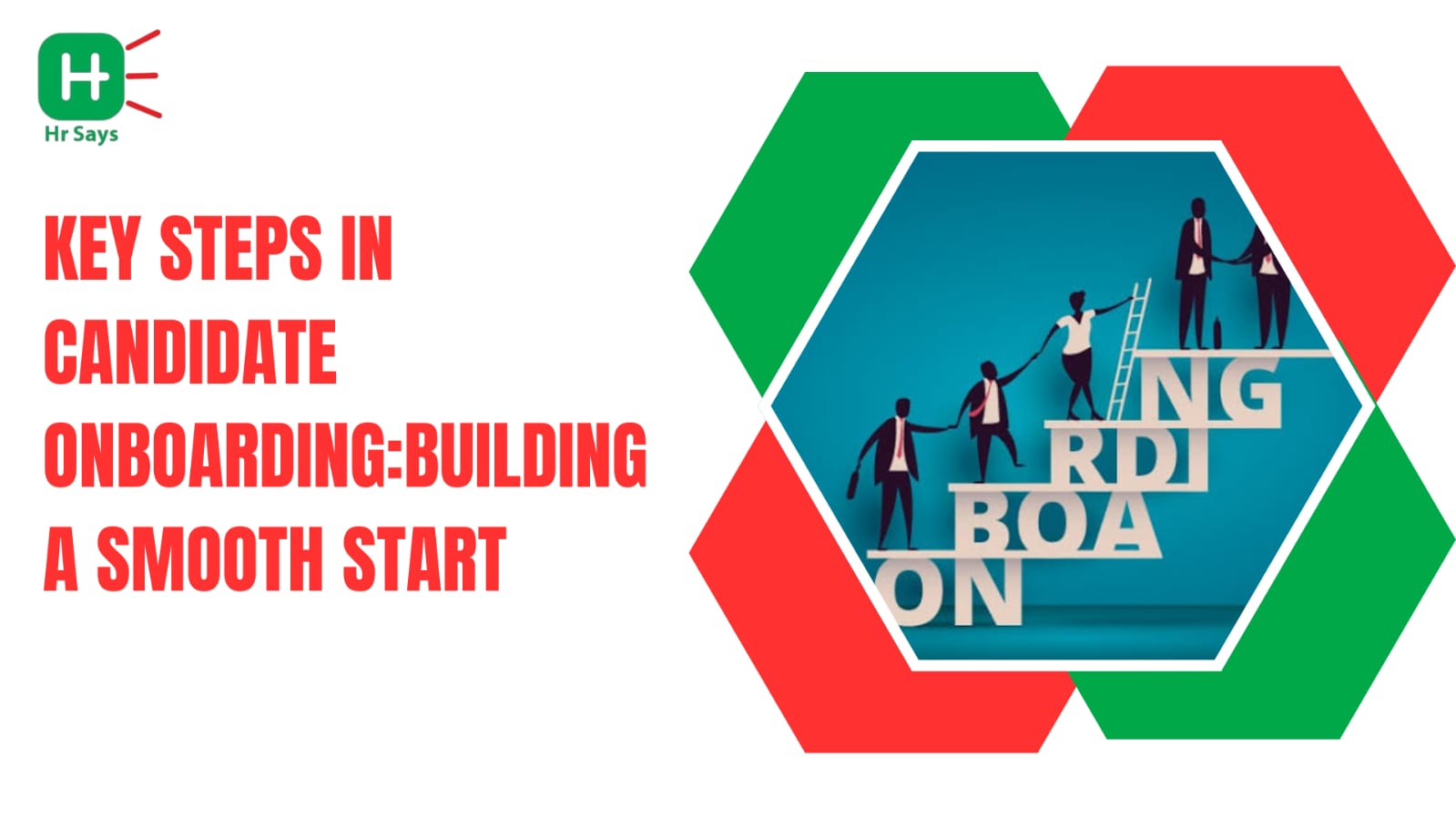What will makes a new employee feel like he or she belongs on the first day? The onboarding does that role. A formal procedure is used to make employees adapt more quickly, learn more quickly and associate with the firm more effectively. So what are the key steps that can create effective onboarding? Let us take a step by step look.
Pre-Onboarding Preparation
Quiet groundwork is prepared before the employee starts to work. It is this step that determines the feeling of smoothness of entry.
Document Readiness
● Offer letters and contracts should be shared in advance.
● Policies and manuals are best sent digitally for early access.
● Background checks and verifications must be completed before day one.
Setting Up Essentials
● Email IDs and access cards should be ready.
● Workstations, laptops, or tools need to be arranged.
● A welcome message builds reassurance.
The First Day Experience
The first day is always remembered. A thoughtful beginning can reduce anxiety and spark motivation.
Warm Welcome
Introductions to the team help break the silence. A simple guided tour of the office or virtual walkthrough online adds comfort.
Role Familiarity
Clarity about roles avoids confusion. Job expectations, reporting lines, and work schedules are best explained early.
Orientation and Training
Orientation is not just about rules. It is the doorway to culture and knowledge.
Company Culture
● Vision, mission, and values should be shared openly.
● Stories about the company’s journey make the culture relatable.
● Expectations of behavior and teamwork are outlined here.
Skill Training
● Tools and systems training should be structured.
● Shadowing sessions with experienced employees create confidence.
● Learning modules should be delivered in simple steps.
Continuous Engagement
Onboarding does not end in a week. Consistent engagement creates long-term belonging.
Regular Check-Ins
Managers can schedule short check-ins. Feedback must flow both ways.
Mentorship
Assigning a buddy or mentor adds a personal touch. It provides guidance beyond work tasks.
Social Connection
Encouraging participation in informal team interactions helps new hires feel less isolated.
Evaluation and Feedback
Every onboarding journey needs assessment. Without it, gaps stay hidden.
● Feedback forms can capture employee experience.
● Managers should review performance in the first 90 days.
● Improvements in the process must be noted for future hires.
Conclusion
Onboarding is a process built with many layers. From preparation to engagement, each step carries weight. When handled with care, it eases transitions and strengthens retention. The goal is not speed, but balance between guidance and independence.

 Onboarding is more than paperwork. It shapes culture, clarity, and connection for new hires. This blog outlines key steps from preparation to evaluation, showing how thoughtful onboarding ensures smoother transitions and stronger employee engagement.
Onboarding is more than paperwork. It shapes culture, clarity, and connection for new hires. This blog outlines key steps from preparation to evaluation, showing how thoughtful onboarding ensures smoother transitions and stronger employee engagement.












.jpeg)
.jpeg)

.jpeg)

.jpeg)


.jpeg)

.jpeg)

.jpeg)


